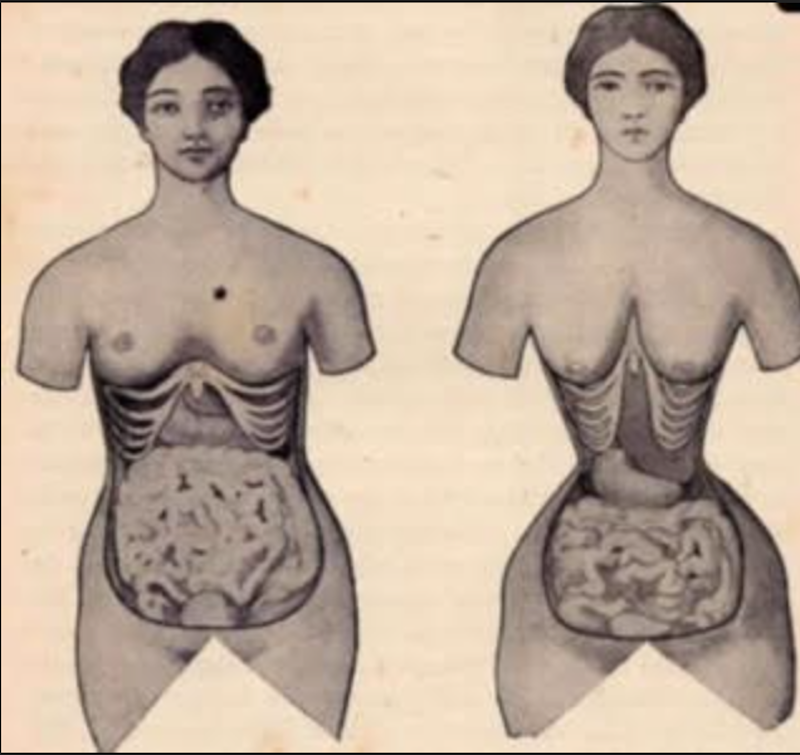The condition among people who feel insecure, hypersensitive, uncomfortable with being or becoming, is commonly called being alive. Self-conscious, belly-button reflective gazing, fixated on appearances. Rubbing taut little nubs of fake stiff stimuli. To stare disapprovingly into the lake of rippling doubts. Catching glimpses of themselves reflected in windows. A side glance at a rain puddle. A snippet of a ghostly apparition. That’s you. Or what you think of as your perfect body image. The imposter syndrome imitated by a fraud, blown out of proportion. The facsimile of whoever you are, or wish to be.
It’s the newest reality for the latest greatest generation of surreal fad culture. The cult of one. Not an average beauty supply gizmo standard to simplify life. It’s the new you, spit out by artificially intelligent, computer-generated ghostly prompts. Okay, make me the perfect cocktail lounge singer with impeccable taste, golden voice, style, and charisma. Add a two-headed baby and a hydra–headed dog in the audience and make it 1927. The image other people see isn’t the real you. In this pseudo-reality, a version of the original you exists, or existed. We’re living in a simulation of our own making, in a mega-verse of unlimited possibilities.
The narrative of a 1935 science fiction short story, “Pygmalion's Spectacles,” tells of the natural reality that is, and how it affects our emotional and ethical wellbeing in the “real” world wearing rose-colored glasses. Seeing things as objects of desire or repulsion. In Greek mythology, Pygmalion was a sculptor who scorned women, yet fell in love with one of his female creations. In the myth, his sculpture comes to life and I can only guess they live happily ever after. Meanwhile, the sci-fi story tells a tale about a professor who invents a pair of visual glasses. The wearer becomes immersed in a world of sensory sensations and turns into part of the scenario viewed through the glasses yet deprived of the real environment. An emotional overload a century later with virtual goggles and artificial reality. The image of self is replaced by superficial perceptions. An imitation of a copycat reality no better or worse, nor more fantastic or different than the original simulation.
In 1980, RE/Search magazine was founded in San Francisco by V. Vale, a punk rock artist who first published Search & Destroymagazine. The definitive magazine on all things Punk. RE/Search outgrew its humble punk roots. It took a similar approach, addressing the counterculture and gender bending. It’s interesting to note how punk mushrooms out of a beat generation aesthetic into an artistic form of cataloging music, literature, arts, and fashion into one futuristic bubble of sociocultural influence. Their poster child for a few years was William S. Burroughs.
The magazine was funded with a starting budget of $200 split between donations from Lawrence Ferlinghetti and Allen Ginsberg. Considered cutting edge for its timely content, it slowly became the premiere magazine for the artsy avant-garde. Originally inspired by Andy Warhol's Interview magazine, RE/Search took it one step beyond the superstar pop image mentality into science, sideshow antics, with a bit of totem and taboo. It’s a mix of snake oil hokum and a digital soapbox for what dictates the norm. The 1989 body modification issue called “Modern Primitives” looked into body piercing, scarification, and other underground practices and techniques for consumption by the public. It’s socially acceptable now to tattoo or pierce your body. Dye your hair purple or cover your entire body with ink-tatted images.
Looking back, no one knew that all those tattoos would eventually become permanent blurry blobs of wrinkled flesh and those silver nose rings look more like little boogers hanging from the nostril of an old schnoz. In an effort to achieve a svelte waist, some fashion-forward models have their lower rib cages removed to achieve a thin waistline. The practice of Botox injections is now commonplace for men and women with body diaspora issues. With a blink and a nod to the mortician, who can make the dead look good. Like they're 10 years younger and look just like they are sleeping. How’s that for the new reality?

